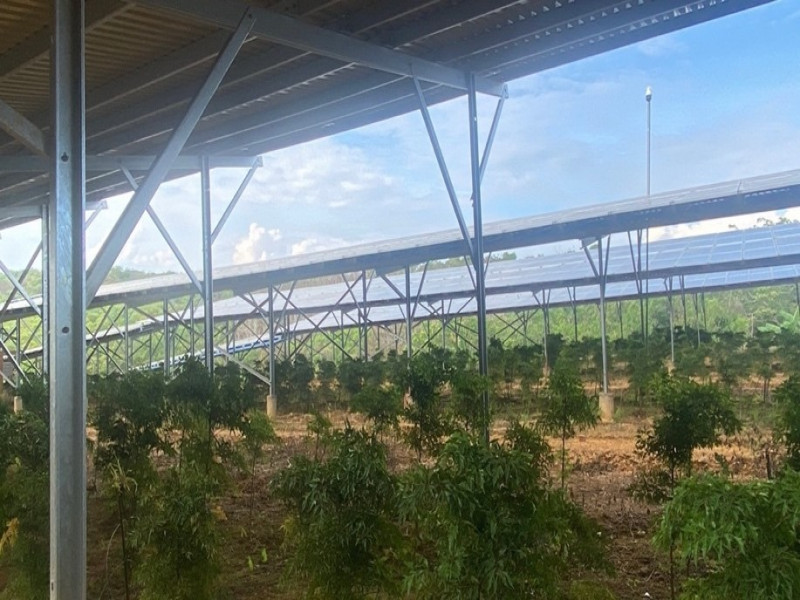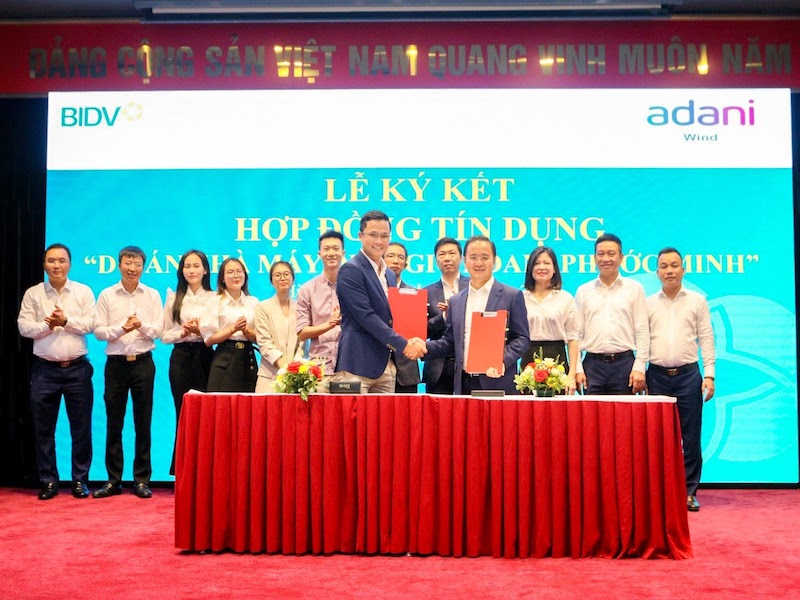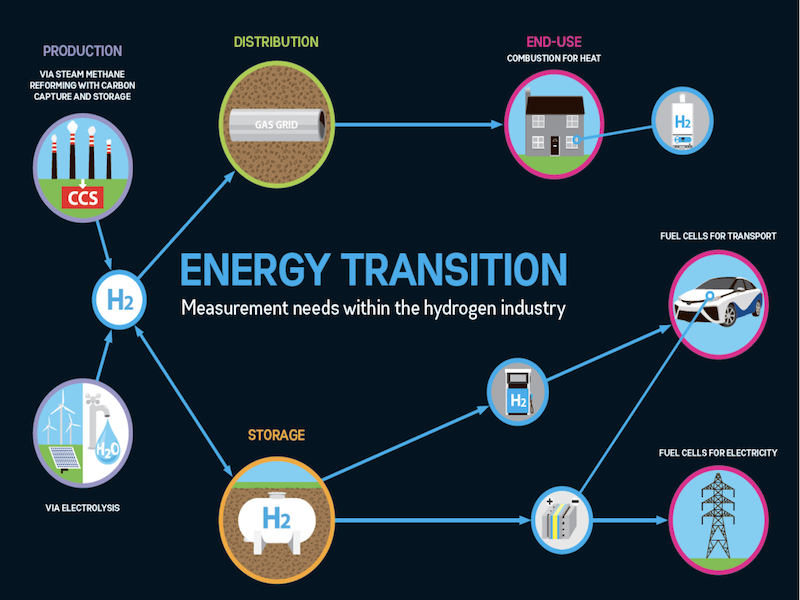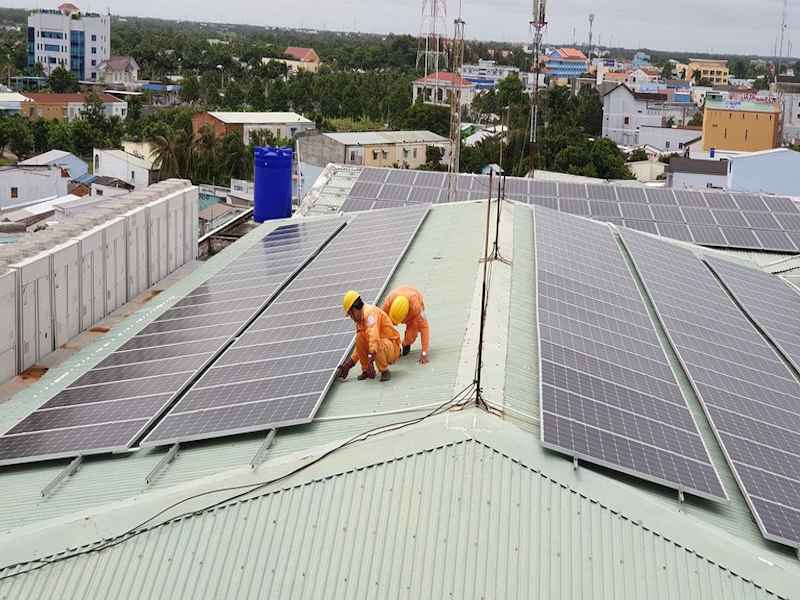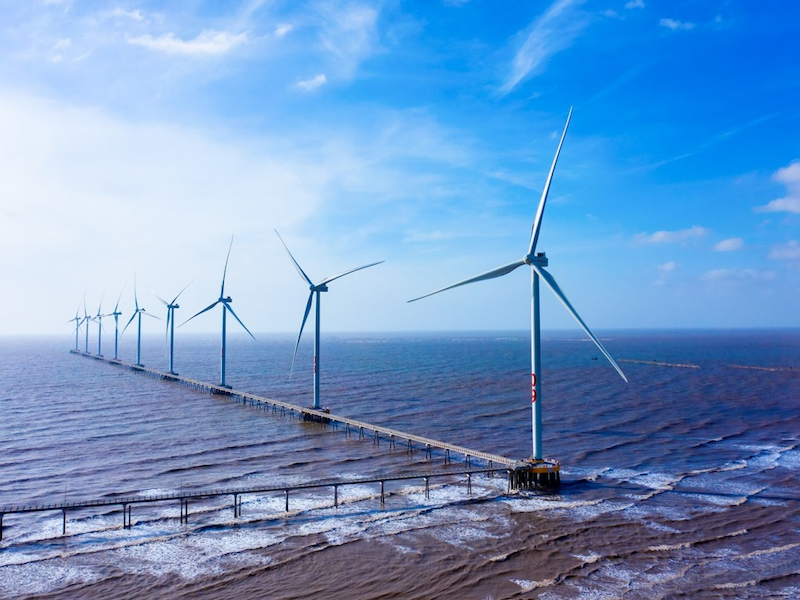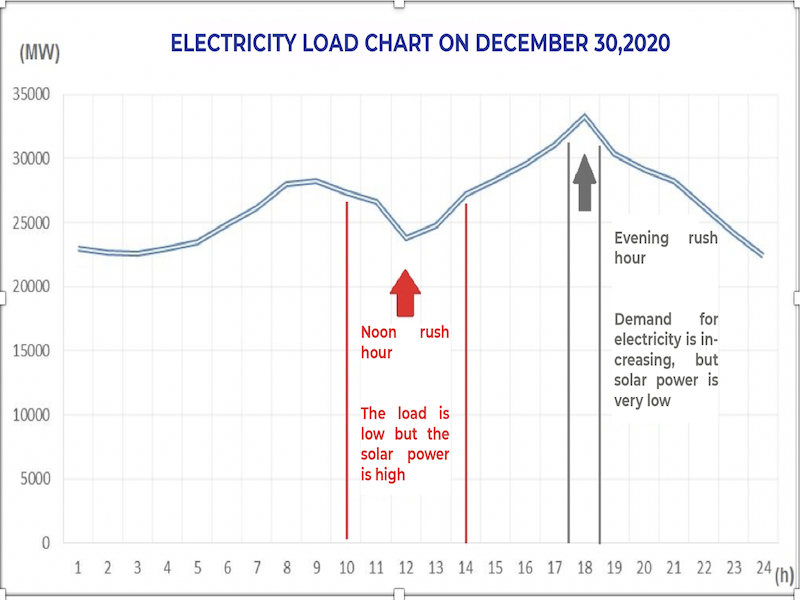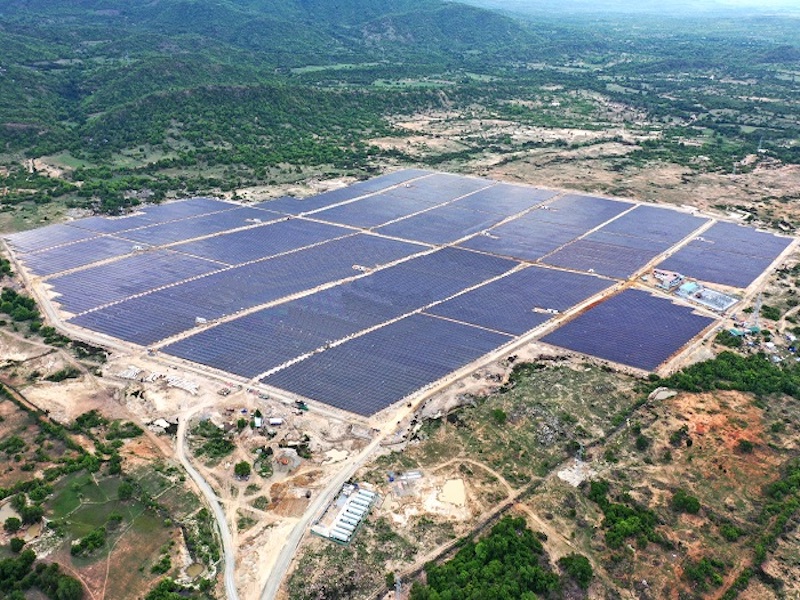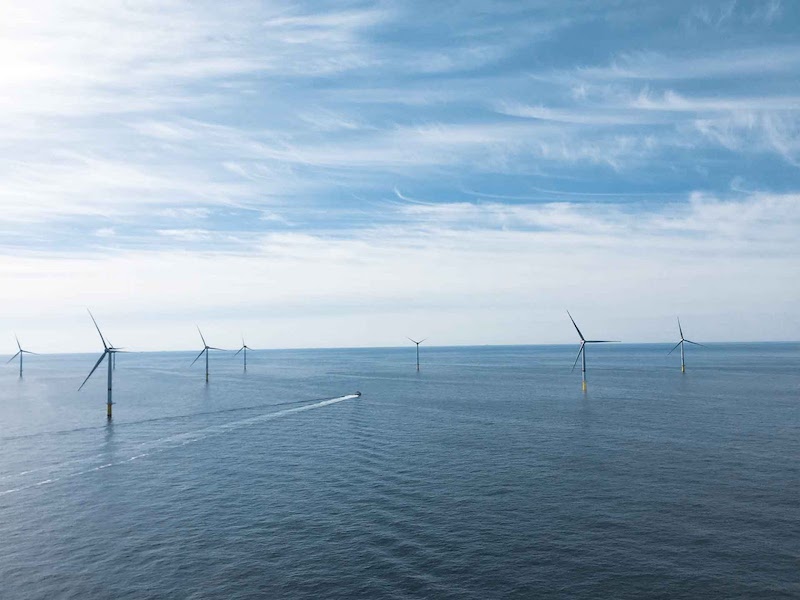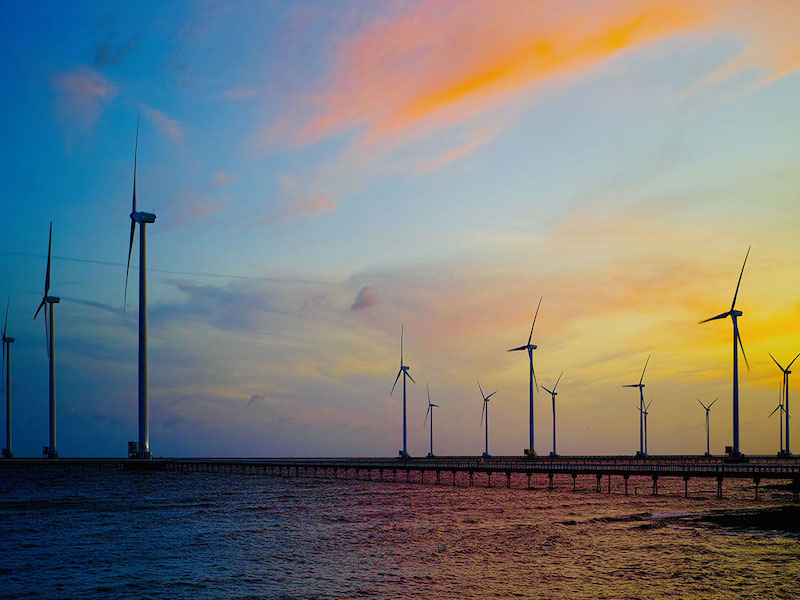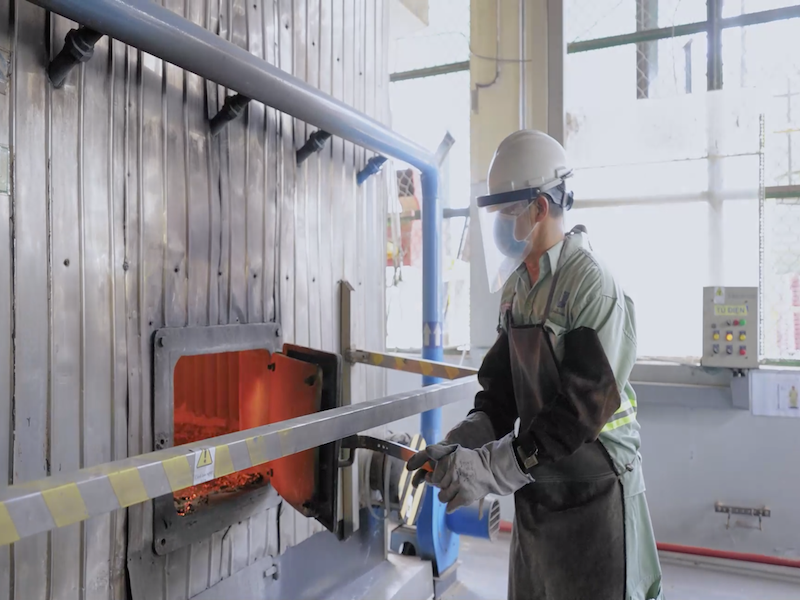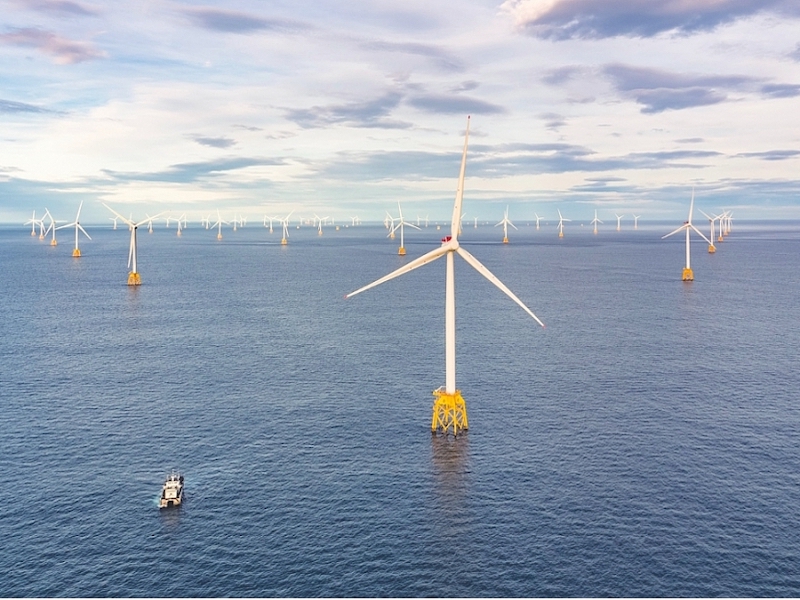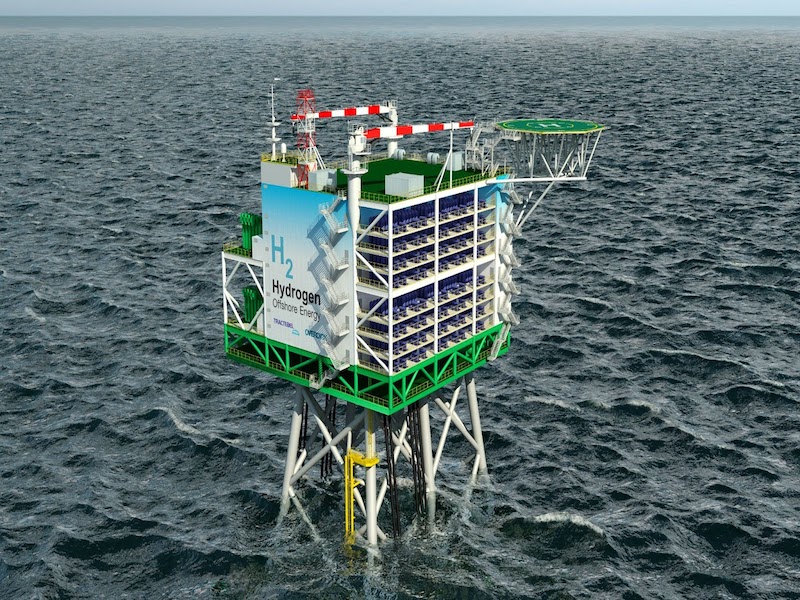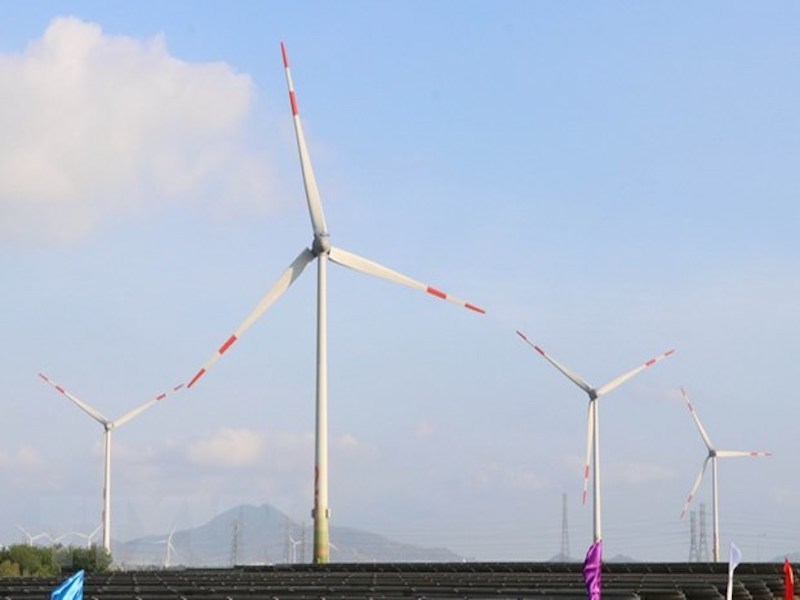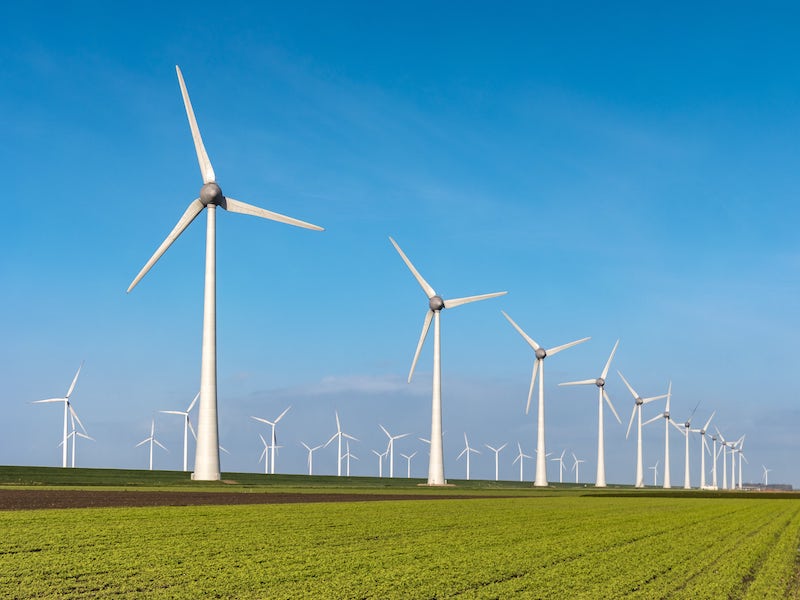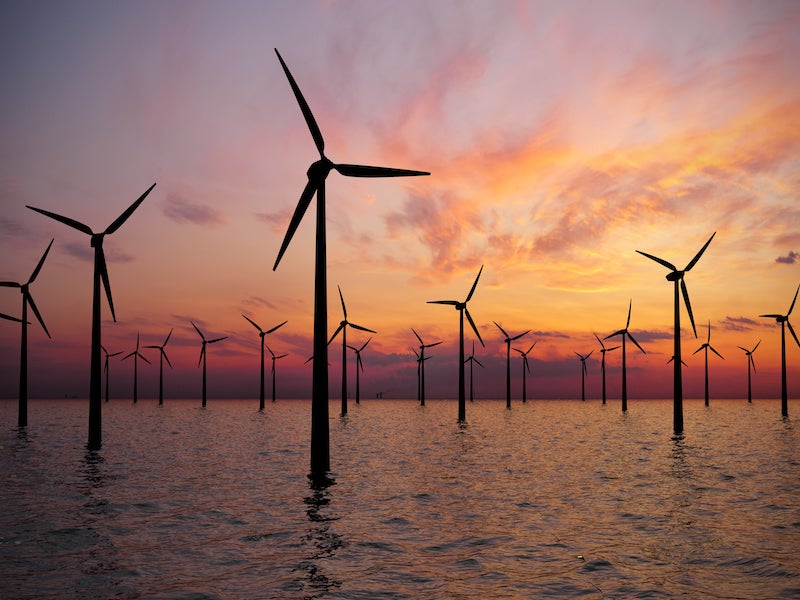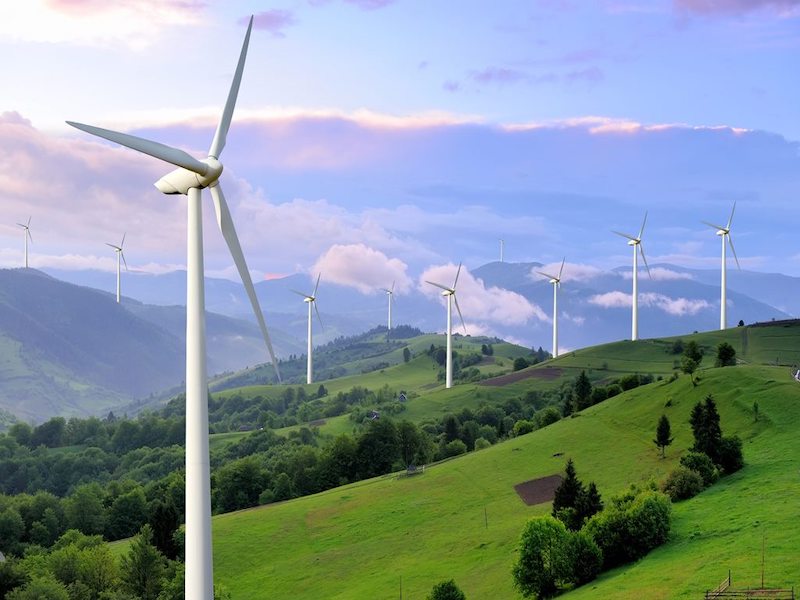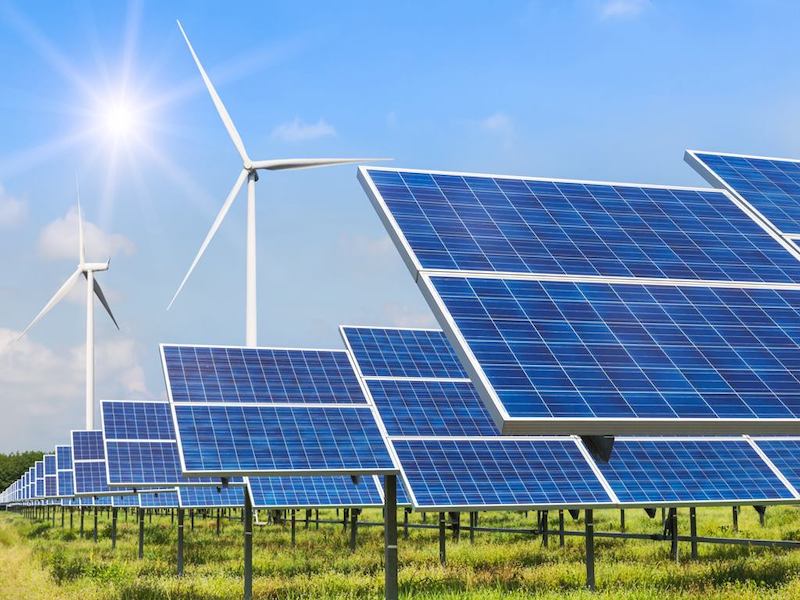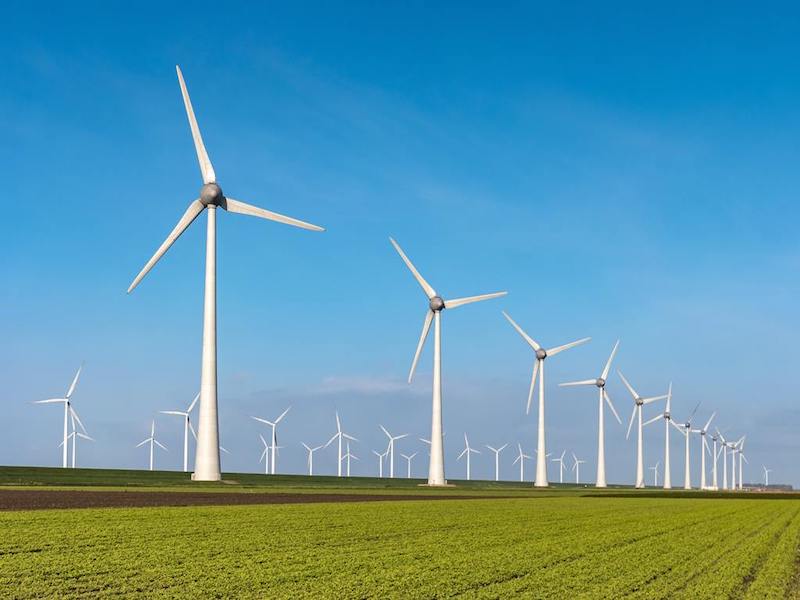Green hydrogen is the term for the process of using electricity from renewable energy sources to split water molecules for hydrogen. In Vietnam, although green hydrogen has not been widely used in economic and social activities, this energy source has great potential for development.
Advantages from natural conditions and development planning
The strength of developing green hydrogen in Vietnam is primarily based on the advantages of natural conditions for electricity production from renewable energy. With its geographical location near the equator, Vietnam has up to 2000-2600 hours of sunshine per year, most distributed in the southern provinces; The average annual total solar radiation is about 230-250 kcal/cm2/day. Particularly for wind power, nearly 40% of the country's area has an average wind speed of over 6m/s at an altitude of 65m, the potential capacity from this source can reach 512GW. On the other hand, according to the World Bank (2019), Vietnam's 200m deep sea can produce 475GW of offshore wind power. In which, the southern sea area is 142,000 km2 wide and has good development conditions with wind speed of 7-10m/s at a depth of 100m.
With those conditions, the total capacity of renewable energy sources in 2021 has reached 20,670 MW, an increase of 3,420 MW compared to the previous year and accounting for 27.0% of the country's electricity supply. However, this period also witnessed the hot growth of solar power, leading to an oversupply of electricity because many projects so far have not been connected to the national grid. If the green hydrogen production model is deployed, not only will the solution to the problem of electricity release be found, but the demand for a large energy source as an input for the electrolysis of hydrogen will also be ensured.
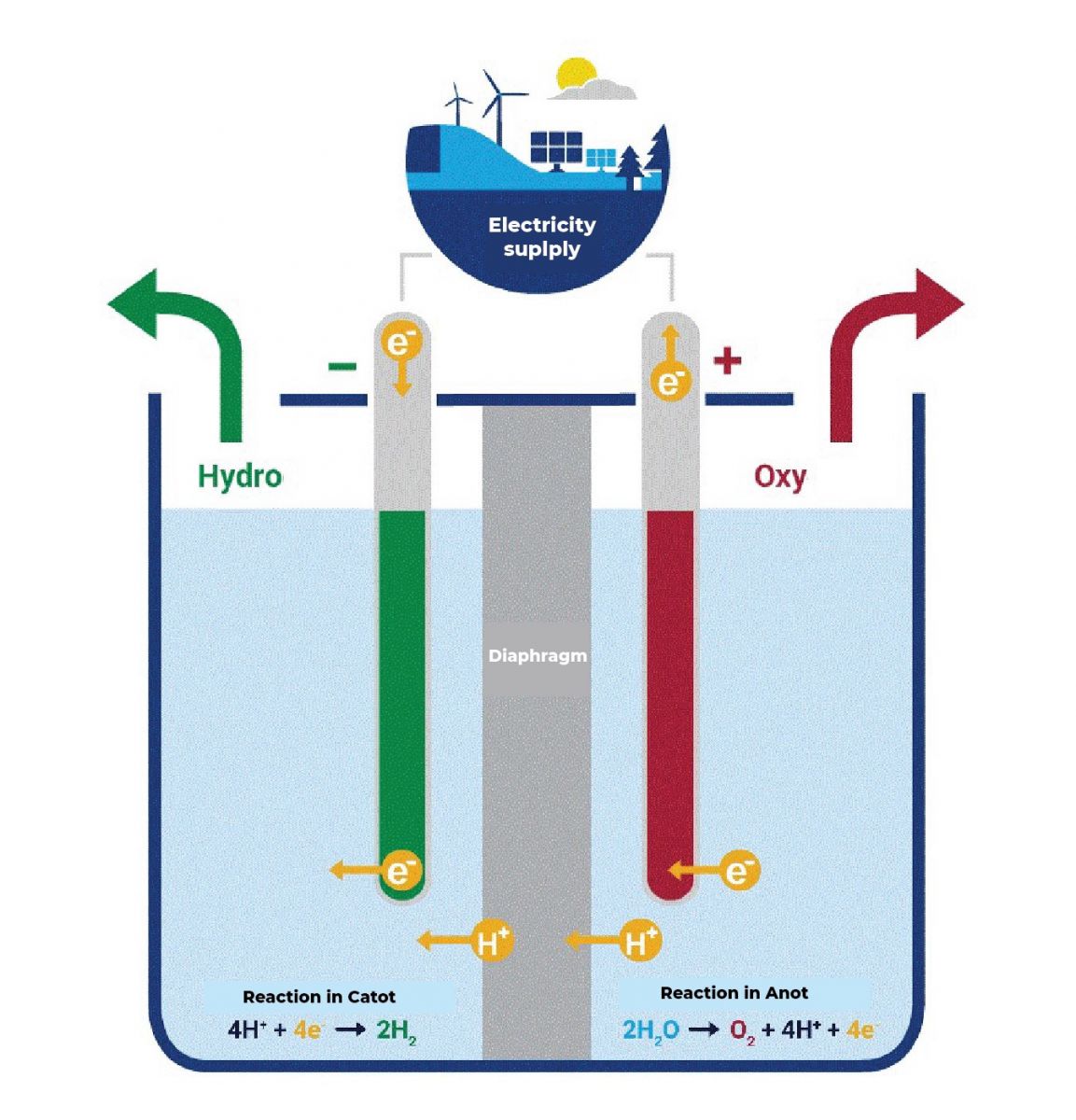
Green hydrogen production process model
In addition to the sun and wind, Vietnam also opens up the room to develop clean electricity for green hydrogen production from biomass sources. Currently, Vietnam has an average biomass of 160 million tons/year, most of which comes from wood and firewood; by-products of forestry, cultivation and animal husbandry; domestic solid waste. According to research results and estimates of the Institute of Energy (Ministry of Industry and Trade), the total installed capacity of biomass electricity in our country in 2020 will reach 522.27 MW. By 2035, electricity from this source is forecast to reach 9600MW.
In addition to the advantage of abundant clean electricity, the development of green hydrogen production has been included in the development strategy by policy makers in the Draft Power Master Plan 8. By 2045, Vietnam aims to have 129,600-201,647 MW of electricity from renewable energy sources, accounting for 45.6-52% of the total electricity capacity of the country. At that time, the energy source of the economy will mainly rely on clean electricity, including the production of green hydrogen. However, the Draft has emphasized the orientation to encourage the implementation of power projects using renewable energy directly for industrial facilities, especially for hydrogen production.

This is An Khe biomass power plant (Gia Lai province) - one of three projects with capacity recorded on the National Load Dispatch Center.
The other two projects are KCP - Phu Yen factory and Bourbon biomass power plant (Tay Ninh).
Also in Power Planning 8, the Ministry of Industry and Trade will assume the responsibility of researching and updating new technologies for power plants, especially technology to convert fossil fuels to new fuels, including hydrogen. On the other hand, according to the National Strategy on Green Growth for the period 2020-2030, with a vision to 2045, the Ministry is also tasked with developing a mechanism to encourage the development of hydrogen gas fuels associated with offshore wind power.
Huge demand in the future
Besides a solid foundation from the development strategy and renewable energy source, the demand for hydrogen is also a testament to the development potential of this energy source.
According to the forecast of the International Energy Agency, by 2030, total global hydrogen production will reach over 200 million tons, 70% of which will be produced from low-carbon technologies; By 2050, this number could reach 500 million tons.
According to the Vietnam Oil and Gas Group, by the middle of this century, the demand for green hydrogen will increase to 54.6 billion tons. The application of hydrogen to economic sectors will then create about 30 million jobs with revenue of $ 2500 billion per year.
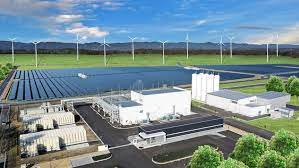
At the end of June 2022, TGS Green Hydrogen Company will build Vietnam's first green hydrogen plant in Ben Tre province. The project will run trial in the first quarter, 2024 (Picture is a panorama of a green hydrogen plant in Fukushima, Japan)
With the estimated cost of water electrolysis to be reduced by 70% by 2050 thanks to the expansion of renewable energy sources, green hydrogen will gradually replace fossil fuel sources in economic activities, society.
In the electricity industry in Vietnam, green hydrogen will be a method of releasing the power of wind and solar power, helping to both save a part of the cost of building the power transmission system and ensure the operation. stability of the power grid. Energy storage through green hydrogen also contributes to reducing dependence on imported liquefied natural gas (LNG), thereby enhancing national energy security.
For the transport sector, the National Strategy for Green Growth to 2045 sets a target that 100% of buses will use clean energy. In recent years, the market for battery-powered electric vehicles has been expanding, showing the development prospects of vehicles using hydrogen fuel. According to many studies, hydrogen energy has certain advantages over batteries, including: light weight; short full charge time; longer travel; and all vehicles can use this fuel.
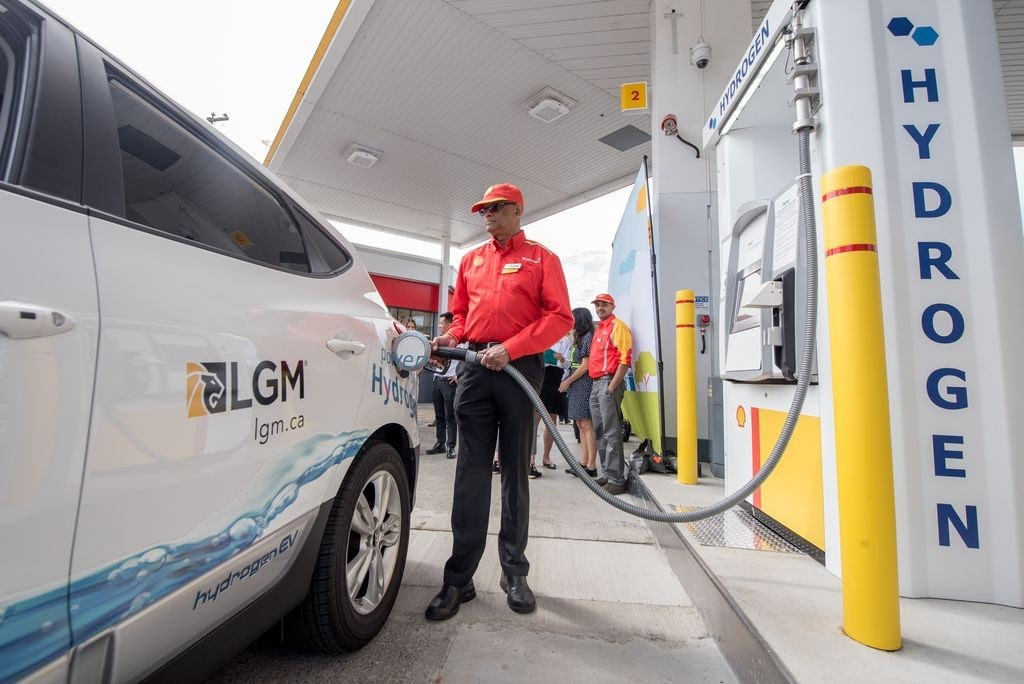
The time to fully charge the battery for battery-powered cars usually takes 8-10 hours. With hydrogen, this number is only 3-5 minutes.
In addition, green hydrogen makes a significant contribution to the production of an important future environmentally friendly energy source, ammonia. The hydrogen obtained from the electrolysis of water will be reacted with nitrogen separated from the air to form ammonia. This compound will be used in gas turbine power plants, green fertilizer production, transportation fuel, ...
The development potential of green hydrogen in Vietnam is huge. Not only is there a natural incentive to create a development platform, the inclusion of green hydrogen in national development strategies also contributes to paving the way for this energy source to receive the investment commensurate with expectations. That once again affirms the importance of policymakers to one of the most important energy sources in the future./.



